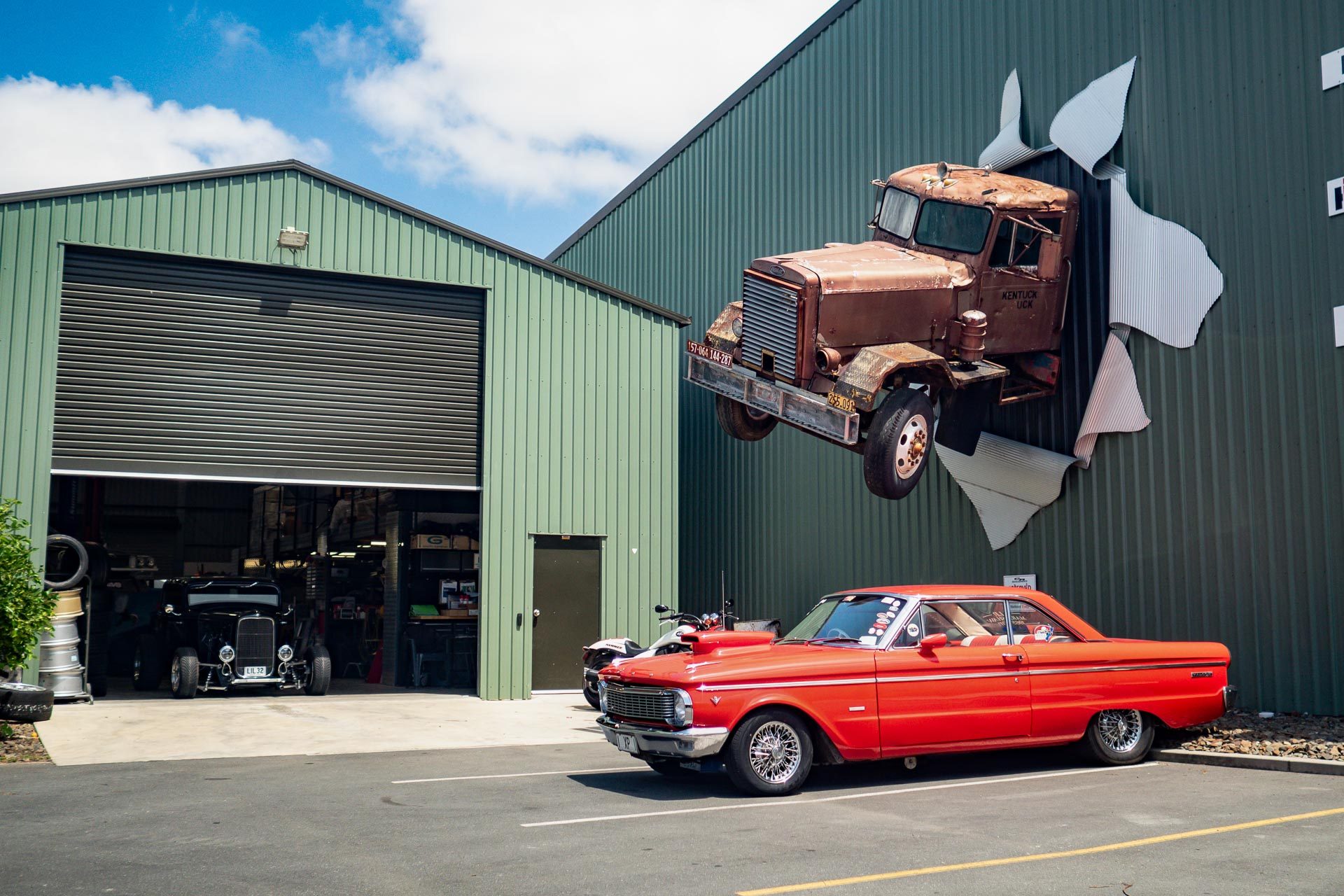Serious motorcycle riders enjoy gathering at special events near their city or in their state or even on an extended road trip. These events can range from social gatherings to huge fund raisers. To commemorate these events patches are purchased as keepsakes. Often the patches are attached somehow to their favorite apparel as a keepsake to show where they have been or who they have sponsored. How these patches are attached to apparel needs special attention.
I saw a YouTube demonstration using super glue to attach the patch on a leather motorcycle jacket. The owner of the patch and jacket was very careful (as you can imagine when using super glue) to place the patch in a key position. He placed a line of glue (along the backside edge only) on the patch and then held it in place. Then the patch was checked by trying to peel it off. Anywhere it came loose was re-glued. Well, it adhered well enough for the time being because his next statement was that the patch needed to be checked often and perhaps a touch up might be necessary. And, this might only last a couple of weeks! Seems to me, if I liked the patch enough to put it on my jacket, this might not be the instructions to follow. It’s quick, but I wouldn’t want to lose my patch!
Perhaps the better choice would be to sew the patch on the leather biker vest or jacket. The best way (although maybe not the most cost effective) is to take it to a shoe repair shop or seamstress that works with leather on a regular basis and have them do it for you. Or you can surely do it yourself with a bit of effort.
If you choose to do it yourself, here are a few tips to keep in mind!
- If the patch is of real value to you then you’ll want to sew it in place. Remember that when you sew, you put tiny permanent holes in your leather biker vest or jacket.
- Choose where you want to place your patch. A suggestion for you at this point is to lay the garment as flat as possible and attach it using 3M adhesive spray. Put the garment on, have someone take a picture and then decide if that is where you want it! If you choose to move it… Goo Gone can be used to remove all glue marks.
- Lay the garment as flat as possible and make sure there are no creases under the patch. The adhesive spray should keep the patch in place as you sew.
- Decide if you are going to sew through both the lining and the leather or just the leather. You can carefully remove bottom stitching of lining to work with leather only and then re-sew afterwards. If you decide to go through both make sure the lining doesn’t pucker too much or distort how the vest or jacket fits. A word of caution: This is especially important when sewing patches on sleeves. The lining has extra material for elbow bending. If it is pulled up too far, the feel of sleeve length will change.
- You need to use 100% nylon thread or 100% polyester thread. This type of thread will not react with the tanned leather (cotton thread tends to rot). Call or check at the local fabric store for the kind of needle (for machine or hand sewing) that is best for this project. Make sure, if you’re using a sewing machine that it can work through all materials without breaking the needle.
- If you’re stitching by hand, use a loop stitch that follows the edge of the patch. Knot the end and start from the back. When you’ve followed the edge all the way around, use a slip knot on front and again on underside. Depending on what color thread you buy, this will make an invisible stitch! If using a machine, sew just on the inside of the patch border. For a neater look, do not back stitch. Rather, stitch over about a half inch of the initial stitches.
And there you have it! A personalized leather motorcycle vest or jacket! Now get on the open road and show it off!






More Stories
Are Thumpstar Pit Bikes Reliable?
Subaru Impreza – What’s Latest for 2012?
Two Brothers Racing – Evolution of a Motorcycle Exhaust Manufacturer